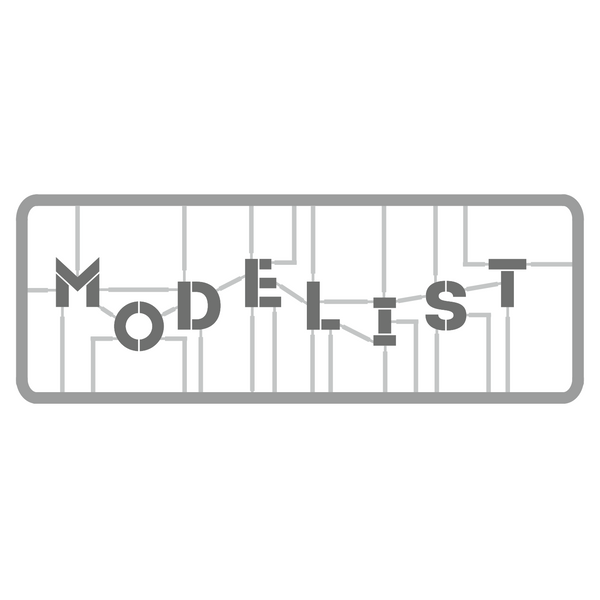What's on my desk? Part 63.
Share
Hello!
It's a sunny new week here, but still quite cold. Glad I'm inside, working on my Fram. :-)
I've finished and fixed the masts. Mostly, because the glue on the foremast didn't take and it is still loose. Luckily, its position is fixed in a deep slot and that's what rigging is for, right? Which makes me wonder: how are masts installed on a real ship? Can't be glue, surely? Something to look up later...
Here's the masts temporarily in place. Main and mizzen aren't coloured yet, but it gives a nice indication of how tall the model has suddenly become.
The mizzen mast (the back one, on the left) should have a slight angle to the rear, but I'm not going to reposition that entire flimsy bridge structure, so straight up it is...
With the masts in place, it's time to start rigging.
There's two colours of thread: a light brown 'raw' thinner thread, and a dark brown, which is a bit thicker. There's also two main types of rigging: 'standing' rigging, which holds up the masts, and 'running' rigging, which is used for hauling and positioning the sails. Standing rigging is not manipulated much, and as such the rope is often tarred to protect it from the elements. That is represented by the dark brown thread. The running rigging is mostly the thinner raw thread, going through tackle blocks and tied off to delaying pins. More on that later.
It really pays off to study the rigging plans, and look up some tips and guides on the internet. OcCre has you start with the shrouds and ratlines (the 'rope ladders' up the masts), but in my view these would get in the way of all the 'internal' ropes.
So I started with the standing rigging and one of the gaffs (the top yard on fore-and-aft rigging) to get a feel for it:
My finger is there to pull the lines taut. Later the gaff will get some lines running down to the deck to do this job. In scale everything has very little weight and to get tension on the lines you need further rigging and some superglue in places. I had to re-adjust the angle of the boom a few times, because of the standing line just above it.
Let's take a look look at the rigging plans, using this yard as an example. Step one is how to thread the line through the pulleys. Look at the red lines:
Pretty straighforward, right? Every line has a number and a starting point. In this case it's JT39 and JT40. There's an arrow going down for the end point. What does that mean?
You need to look at the top-down plan for that. Can you find where JT39 and JT40 need to be tied off?
These are the 'delaying pins'. They're loose, but because the rope is fixed around it, above and below, both the pin and rope are secured. I had to look up a video of how to do this both in real life and in scale. The two lines here are tied off on the railing pins. I also rigged the top square-rigged yardarm and this one is tied off on the base of the mast. My delaying pin tie-off here turned out pretty good, with the extra rope length in a neat-ish loop:
Again, there's some superglue involved to get it to hang down properly, but it looks really cool.
So this is where I am right now:
I'm just using knots and superglue, but real wood modellers will use rope loops, split ends and sliding knots just like the real thing.
The whole rigging process is quite slow-going and very fiddly, so expect a few weeks of this kind of work...
See you next week!






